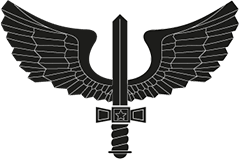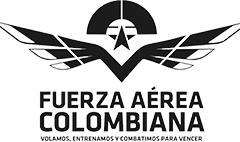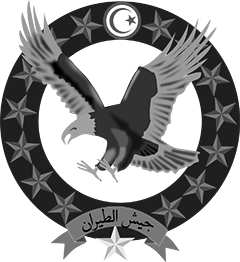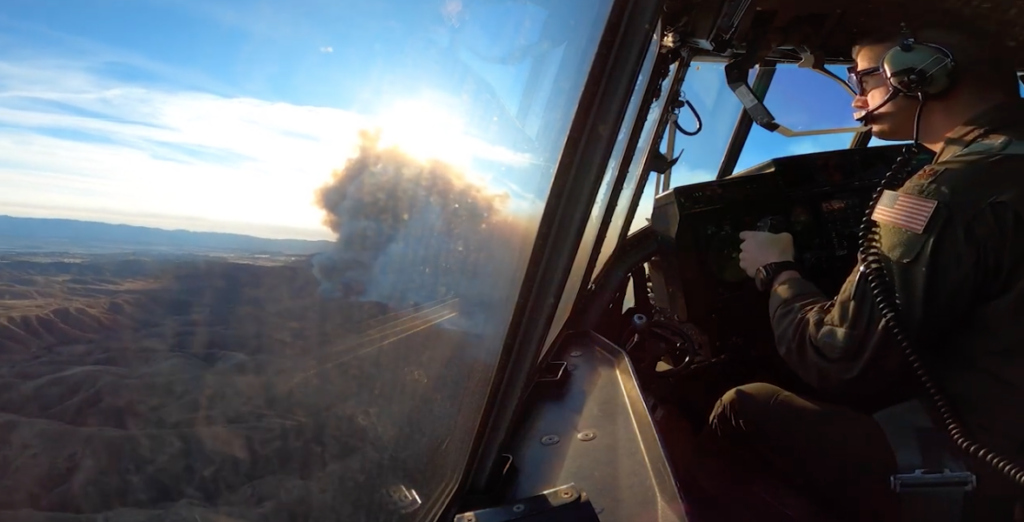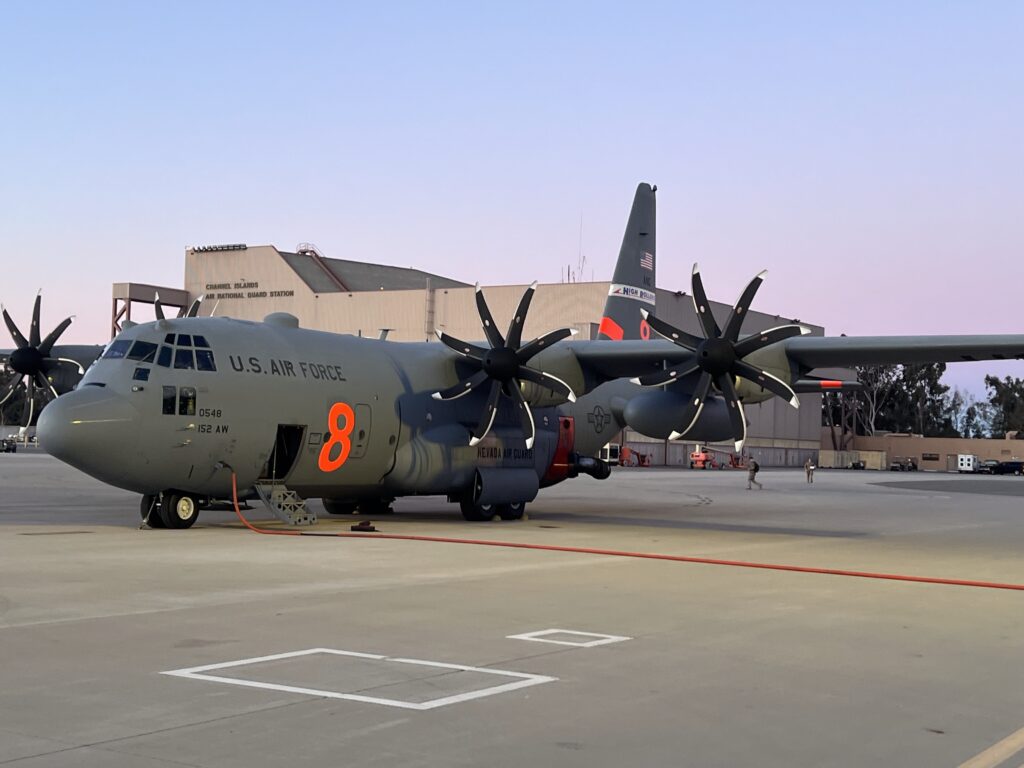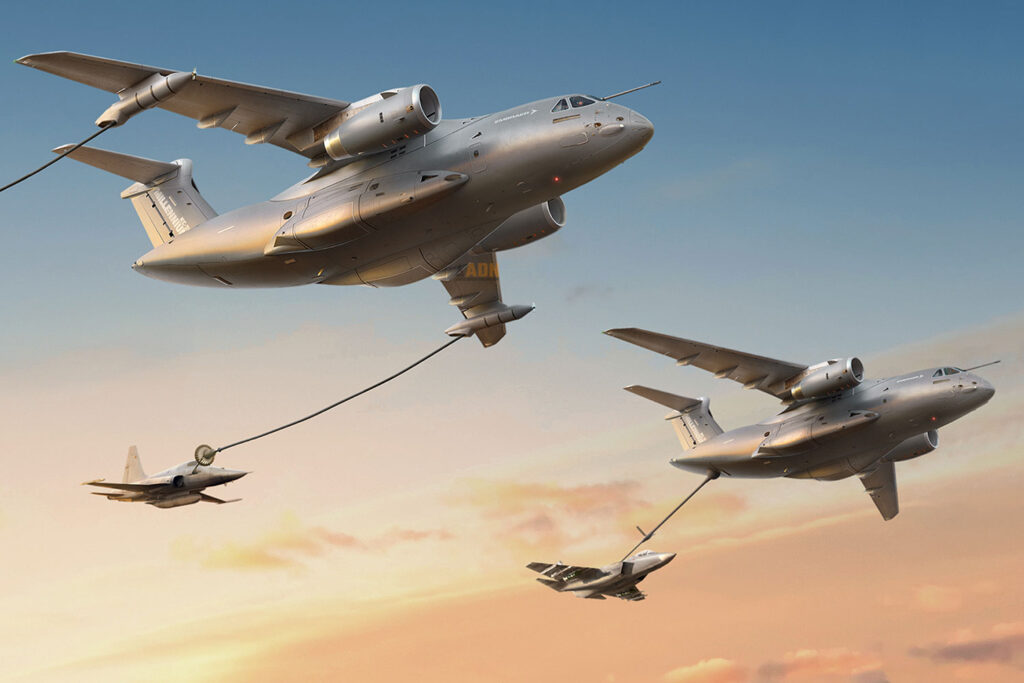


FireFighter Solutions

MAFFS mission is to be the leading provider of modular aerial firefighting systems and technologies in the world. MAFFS began in 1971 as a joint effort between the U.S. Forest Service and the Department of Defense to produce the equipment, training and operational procedures to integrate military air tankers into a national firefighting response. We have evolved over 50 years to service additional industries and become the leading provider of modular aerial firefighting systems for militaries and communities around the globe.
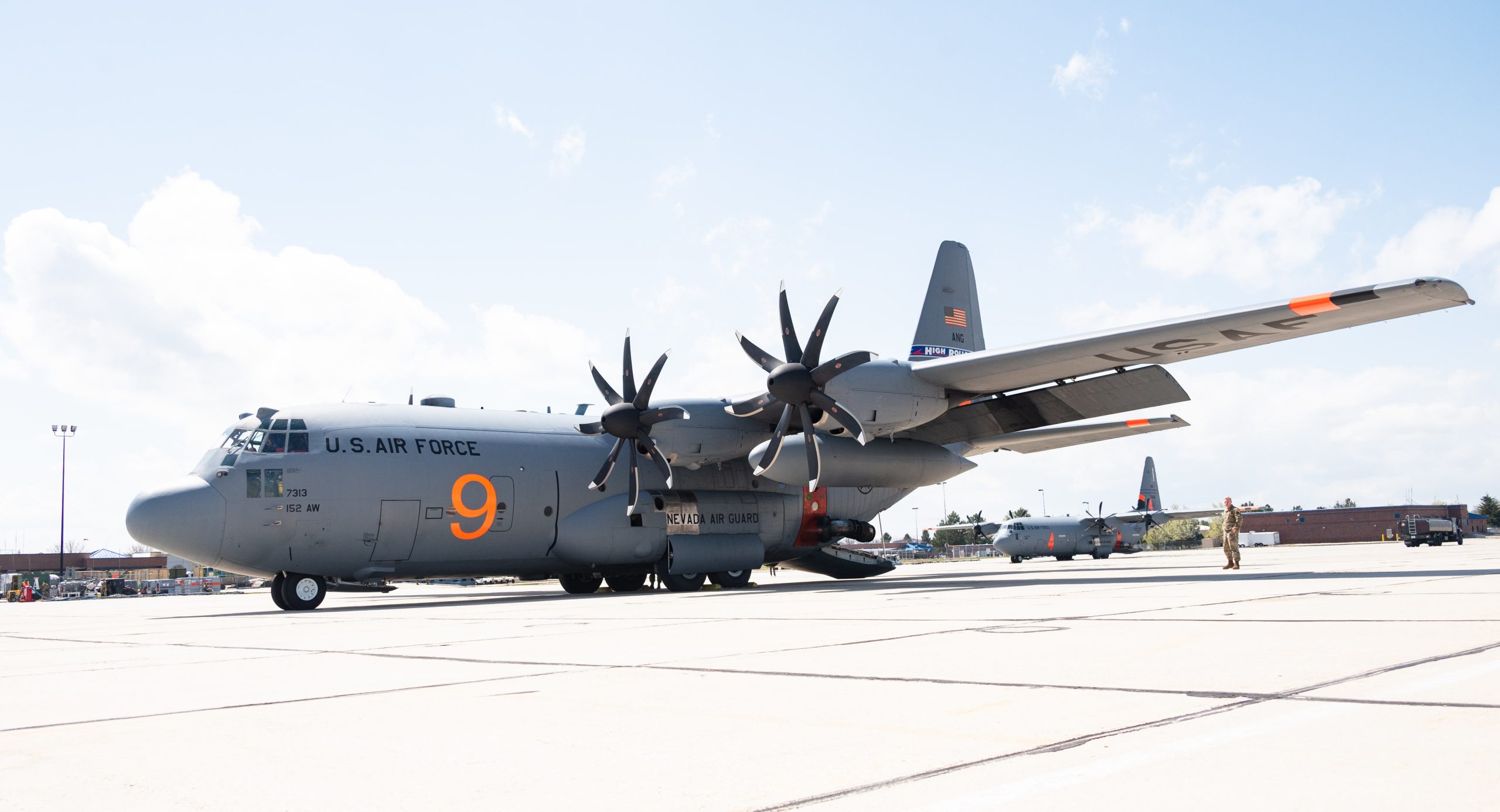
Designed in close coordination with the US Air Force and US Forest Service for fire mitigation, MAFFS has evolved to become a multi-mission tool that enables a suite of powerful uses for our clients.
Additional
industries
we work with

Chemical & Oil Spills
Corexit & AFFF Foam Compatible
Nuclear / Biological Contamination
Delivery of Atomized Isotopes
Agriculture
Vegetation Control, Anti-Narcotics etc.
Fumigation
Pest & Mosquito Mitigation etc.
Cloud Seeding
High Altitude Atomization
The leaders in aerial
firefighting technology
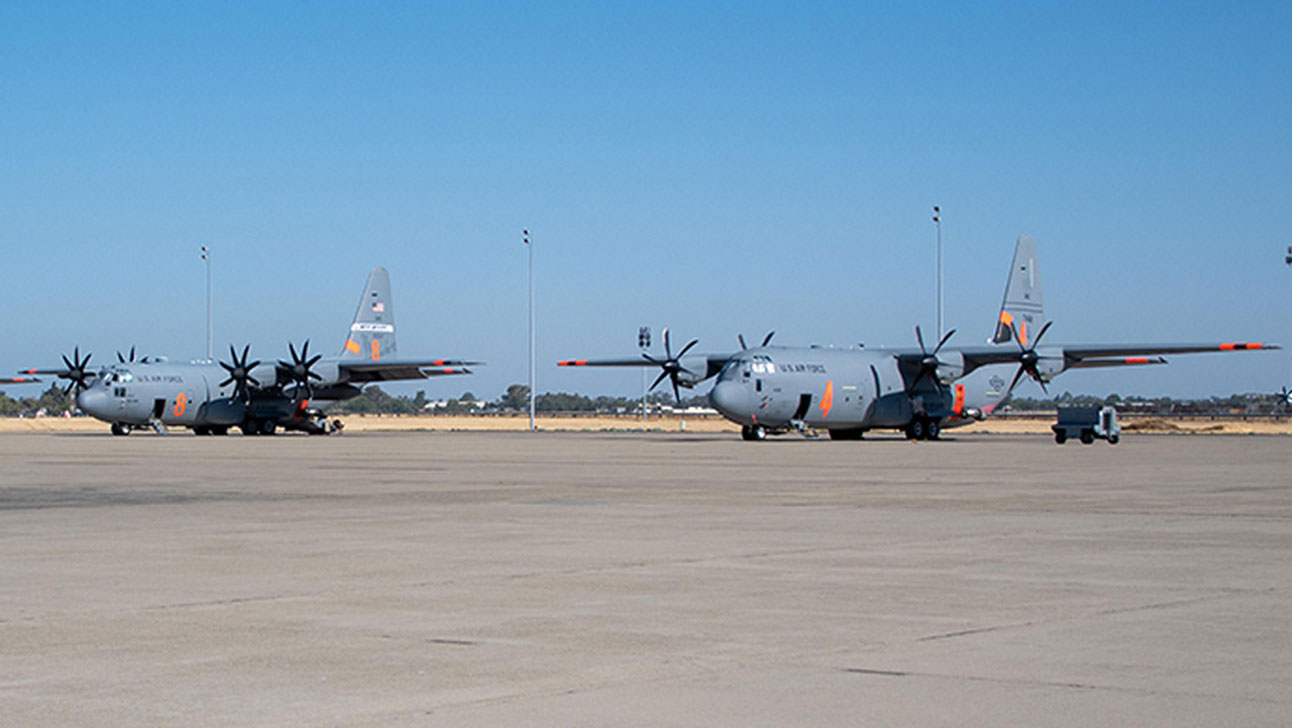
MULTI MISSION FLEXIBILTY
MAFFS is the only proven multi-role tool providing effective missions for: Firefighting (both rapid attack and containment), Chemical/Oil Spills (delivering Corexit & AFFF Foam), Nuclear, Radiological and Biological contamination (delivery of atomized isotopes), Fumigation (pest & mosquito mitigation), and Agriculture (vegetation control and crop dusting).
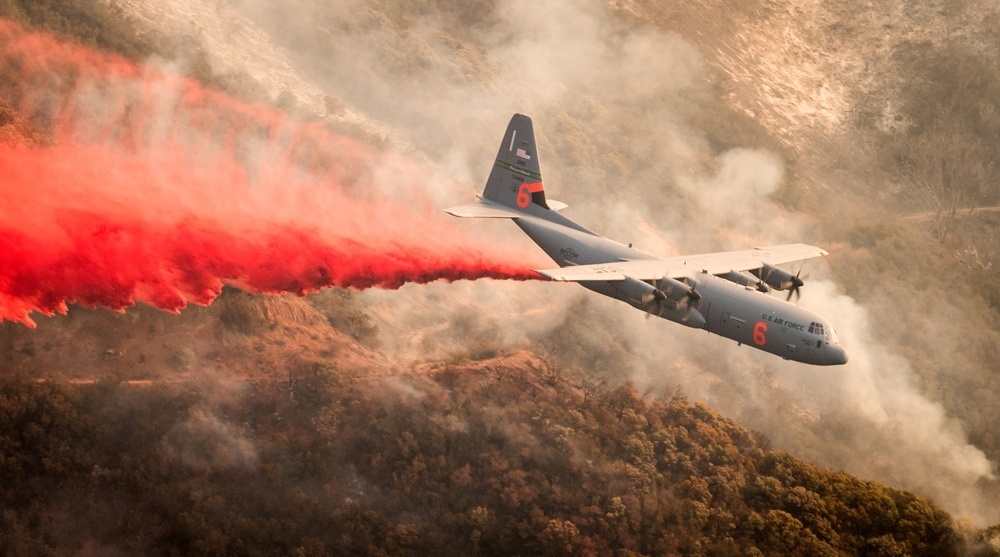
RAPID RESPONSE
MAFFS is a “24-hour resource”, meaning that when activated, it is expected that it will take less than 24 hours for the aircraft to arrive on scene, as they are pulled from their regular military duties and fitted with the MAFFS equipment. Tanks are rapidly filled via ground source or mixing station systems. A full fill takes just 10 minutes at typical flow rates (pump speed 300 gpm).
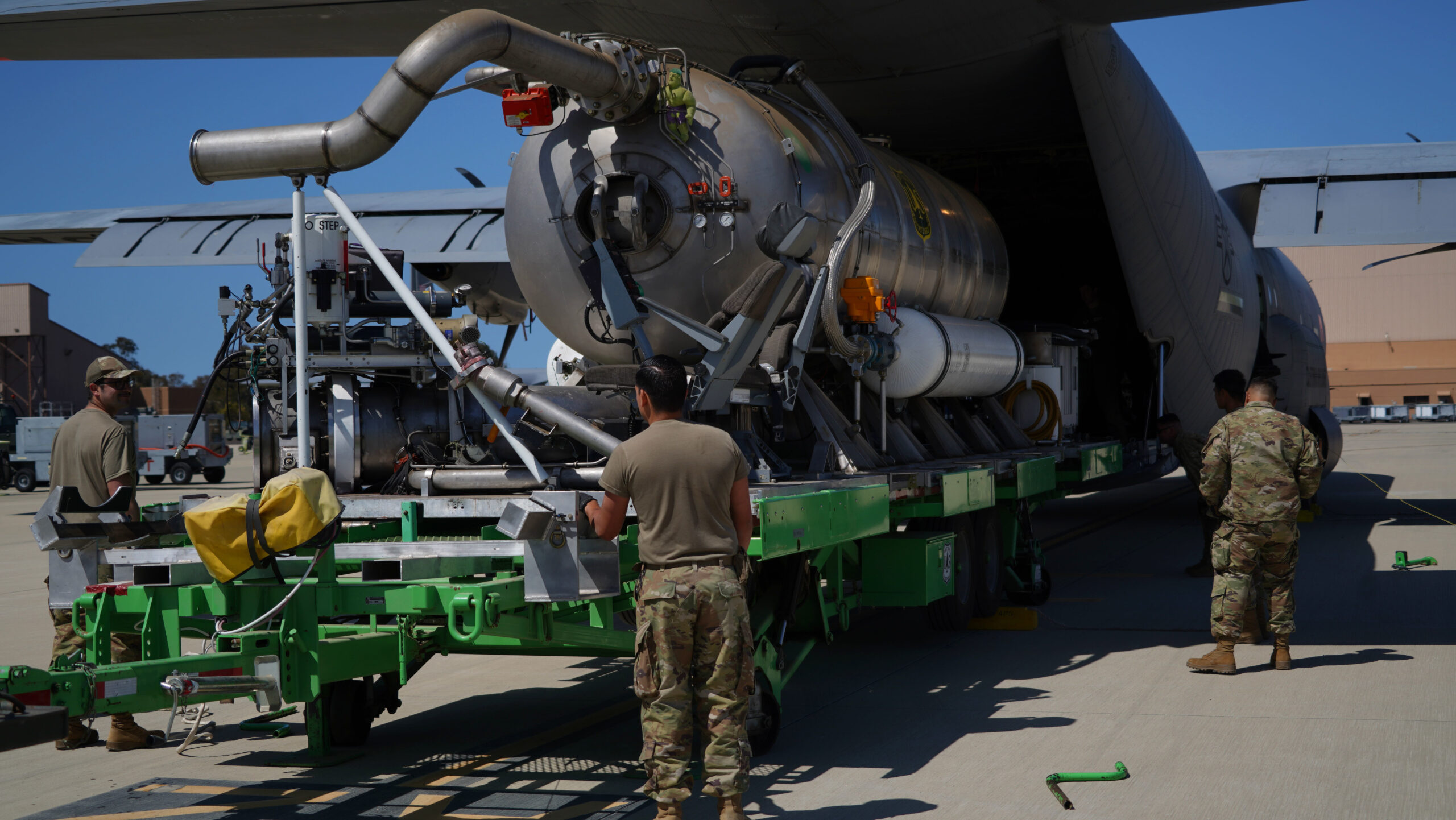
LOW MAINTENANCE COSTS
MAFFS is separate and distinct from the aircraft, so life cycle costs compared to aircraft maintenance are significantly less. The S-Duct placement on MAFFS II systems allows for clean delivery of payload without bathing the aircraft in corrosive fire retardant. All openings remain secured and the aircraft remains pressurized during operations.
Request a
call back

News Stories
Please enter your access token.

